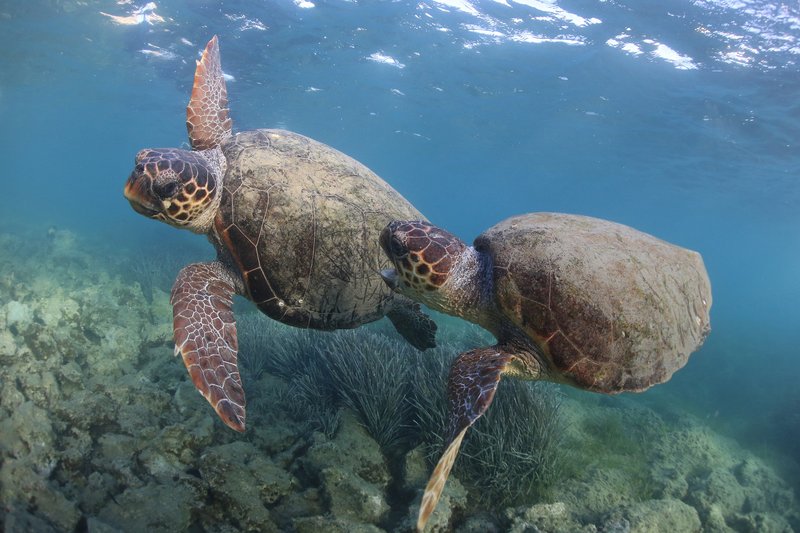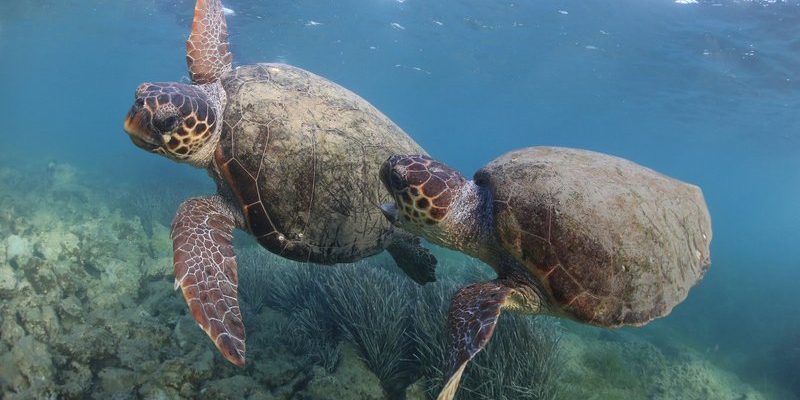
As the number of loggerhead turtles dwindles, it’s essential to keep updated on their status and conservation efforts. From beach nesting sites to the dangers they face while swimming in the ocean, we’ll explore the various factors that contribute to their endangered status. So, grab a cup of coffee, and let’s dive into the world of loggerhead turtles!
What Are Loggerhead Turtles?
Loggerhead turtles are one of the largest sea turtle species, recognized by their distinctively large heads and powerful jaws. They can weigh up to 250 pounds and have a shell that can reach nearly four feet in length. These turtles are primarily found in temperate and tropical oceans worldwide, often migrating thousands of miles in search of food and nesting sites.
These turtles are not just beautiful; they play a vital role in their marine ecosystems by maintaining healthy seagrass beds and coral reefs. Loggerheads primarily feed on jellyfish, crustaceans, and other marine organisms. However, their feeding habits can sometimes lead to accidental ingestion of plastic, mistaking it for food, which poses a significant health risk.
Loggerhead turtles are listless wanderers of the ocean, but their lives are increasingly under threat. Understanding their biology and behavior is the first step toward ensuring their survival.
Current Status of Loggerhead Turtles
You might be wondering, “Are loggerhead turtles endangered?” In short, yes. According to the International Union for Conservation of Nature (IUCN), loggerhead turtles are classified as “vulnerable,” meaning they face a high risk of extinction in the wild. While the species as a whole isn’t completely endangered, specific populations, like those in the Northwest Atlantic, are critically low.
Various factors contribute to their vulnerable status, including habitat destruction, climate change, and fishing practices. Nesting beaches are often threatened by coastal development, which limits safe areas for female loggerheads to lay their eggs. Furthermore, rising sea levels and warming ocean temperatures can interfere with their nesting cycles and the survival of hatchlings.
Understanding the current status of loggerhead turtles is essential for conservation efforts. It helps scientists identify which populations need the most help and create strategies to protect them effectively.
Threats to Loggerhead Turtles
Loggerhead turtles face numerous threats, many of which stem from human activities. Here are some of the most significant challenges they encounter:
- Bycatch: Fishermen often unintentionally catch loggerhead turtles in nets or on hooks, leading to injury or death. This is particularly common in longline and trawl fisheries.
- Pollution: Ocean pollution, including plastics and chemical pollutants, can harm these turtles. They may ingest harmful substances, leading to serious health issues.
- Climate Change: Changes in ocean temperatures and rising sea levels can affect nesting habitats and the temperature-dependent sex determination of hatchlings.
- Habitat Loss: Coastal development and beach erosion diminish the number of safe nesting areas for loggerheads, directly impacting their reproduction.
These threats paint a grim picture for loggerhead turtles, but they also highlight the urgent need for effective conservation measures.
Conservation Efforts for Loggerhead Turtles
In response to the challenges loggerhead turtles face, numerous conservation efforts are underway. Governmental organizations, non-profits, and local communities are coming together to protect these majestic creatures. Here are a few key initiatives making a difference:
- Nesting Site Protection: Many organizations work to protect nesting sites by monitoring beaches, creating barriers to deter predators, and ensuring the safety of nests.
- Public Awareness Campaigns: Educating the public about the threats loggerheads face and how people can help is crucial. Campaigns often focus on reducing plastic usage and minimizing disturbances on nesting beaches.
- Fishing Regulations: Implementing better fishing practices and regulations can help reduce bycatch. Techniques like turtle excluder devices (TEDs) are designed to allow turtles to escape from nets.
Through these initiatives, conservationists hope to boost loggerhead turtle populations and ensure their survival for future generations.
The Role of Technology in Conservation
Here’s the thing: technology is playing an increasingly vital role in loggerhead turtle conservation. Scientists are using various tools and techniques to monitor populations, track movements, and understand behaviors. Here are a couple of examples:
- GPS Tracking: Researchers attach GPS devices to loggerhead turtles to track their movements and migration patterns. This information is invaluable for understanding their habitat needs.
- Genetic Studies: By studying the genetic diversity among loggerhead populations, scientists can identify which groups are most vulnerable and tailor conservation strategies accordingly.
These technological advancements allow for more effective conservation measures, ensuring that efforts are targeted and efficient.
How You Can Help Loggerhead Turtles
You might be thinking, “What can I do to help loggerhead turtles?” Thankfully, there are several simple actions individuals can take:
- Reduce Plastic Use: Minimize your use of single-use plastics. Bring reusable bags and water bottles, and support legislation aimed at reducing plastic pollution.
- Support Conservation Groups: Consider donating to or volunteering with organizations focused on marine conservation and loggerhead protection.
- Spread Awareness: Talk to your friends and family about the importance of protecting loggerhead turtles and share information on social media.
Every small action contributes to the larger goal of conserving these amazing creatures.
The Future of Loggerhead Turtles
Looking ahead, the future of loggerhead turtles will depend largely on our collective efforts to protect their habitats and reduce the threats they face. While they still have many challenges ahead, conservation initiatives are making a difference. With continued awareness and action, there’s hope for these incredible turtles.
Ultimately, it’s up to all of us to ensure that loggerhead turtles not only survive but thrive. By taking steps in our daily lives and supporting conservation efforts, we can contribute to a brighter future for these ocean wanderers.
In conclusion, loggerhead turtles are indeed endangered, but we have the power to change that narrative. By understanding their situation and supporting conservation efforts, we can help protect them and preserve the beauty of our oceans. Let’s become advocates for these remarkable animals, ensuring they continue to grace our seas for generations to come.

